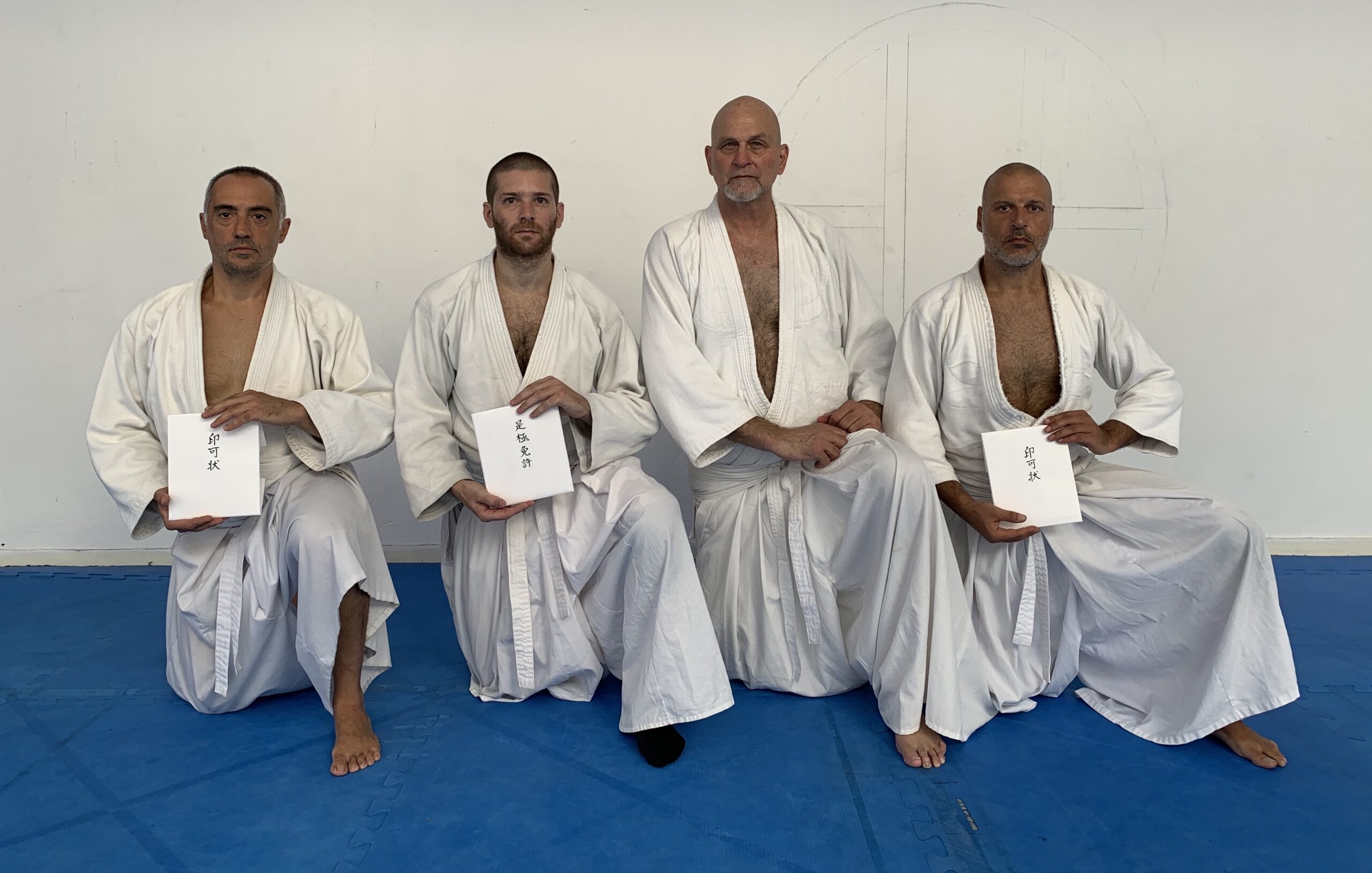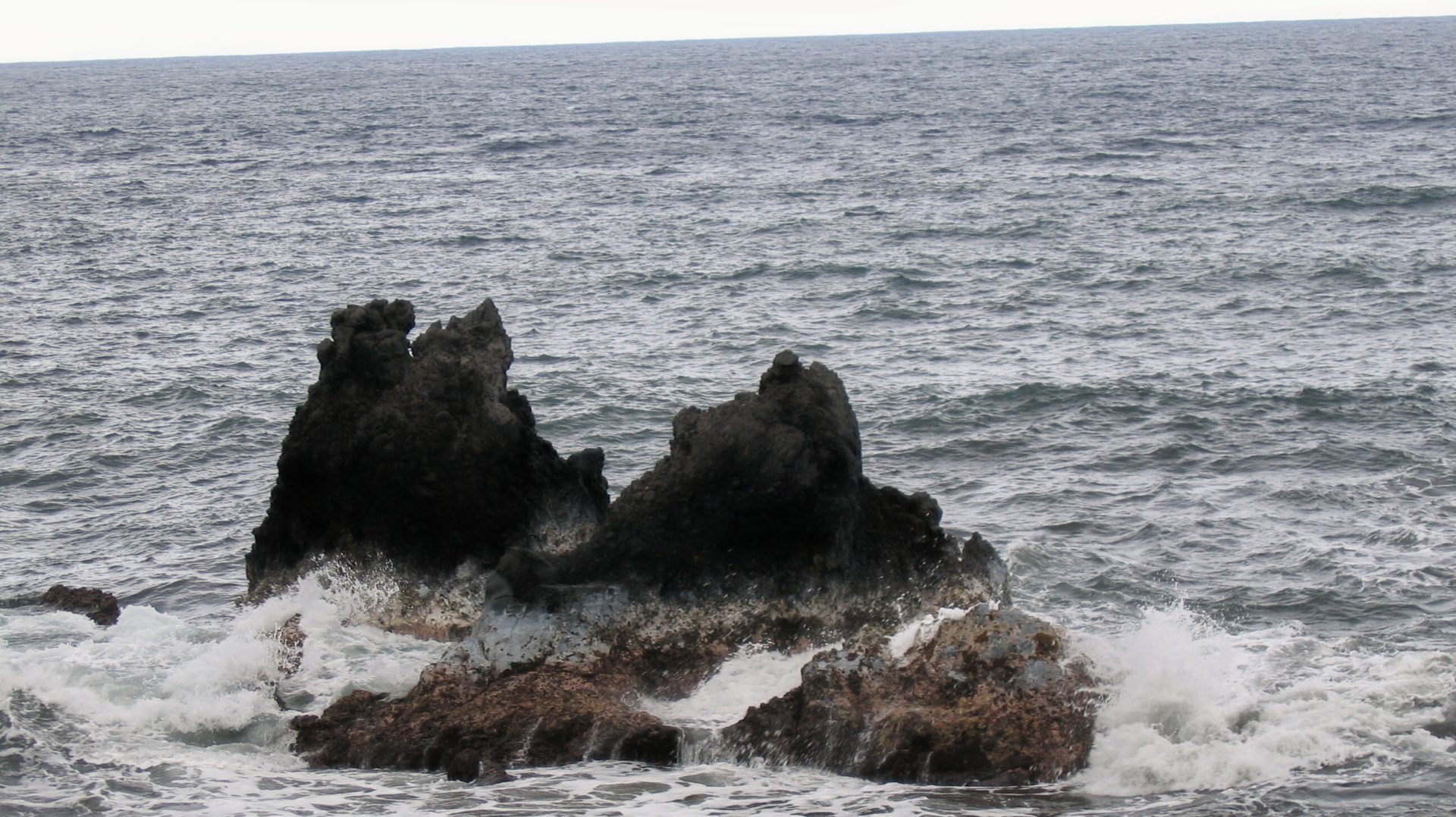Araki-ryū is a martial tradition with a history of well over four hundred years. One of the core principles of this ryuha is encapsulated in the phrase, “一国一人,” meaning, “In one country, one person.” What this means is that the founders of Araki-ryū 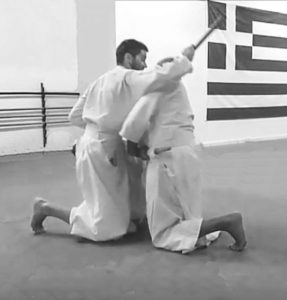 required that its practitioners, while maintaining the ryūha’s core principles, adapt the art to local conditions so that it would ensure the best chance of survival for its members. For this reason, there have been a number of lines of Araki-ryu throughout Japanese history. Among them is the Araki-ryū torite kogusoku, a tradition maintained by Ellis Amdur at his Hokusei Dojo. Amdur is a practitioner of over forty-five years, thirteen of which were spent in Japan, and he has students both in the United States and in Greece.
required that its practitioners, while maintaining the ryūha’s core principles, adapt the art to local conditions so that it would ensure the best chance of survival for its members. For this reason, there have been a number of lines of Araki-ryu throughout Japanese history. Among them is the Araki-ryū torite kogusoku, a tradition maintained by Ellis Amdur at his Hokusei Dojo. Amdur is a practitioner of over forty-five years, thirteen of which were spent in Japan, and he has students both in the United States and in Greece.
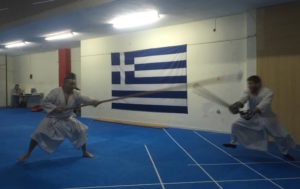
Araki-ryū torite kogusoku is a very demanding study. With a large curriculum, and harsh training and techniques, it requires an enormous commitment of time and energy, one that few people are able to meet, even if they want to. Araki-ryu torite kogusoku is rather unique in that we simultaneously train in a traditional Japanese bugei, using kata as our core training, but we also include a number of free-style methodologies, attempting to hone skills through ‘breaking the kata,‘ and thereby making the training ‘live.’ The rare individual drawn to such a martial art is someone who fully loves tradition, but also loves the kind of impact, intensity and freestyle training found in MMA.
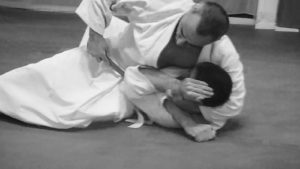
Nonetheless, the legacy of Araki-ryū torite kogusoku is assured. Greece is currently the center of Ellis Amdur’s lineage of Araki-ryū under the direction of 20th generation shihan Thanassis Bantios, and shihandai, Leonidas Gouliotis & shihandai Giorgos Chronopoulos.
